#Eremophila
Photo

Horned Lark
163 notes
·
View notes
Text
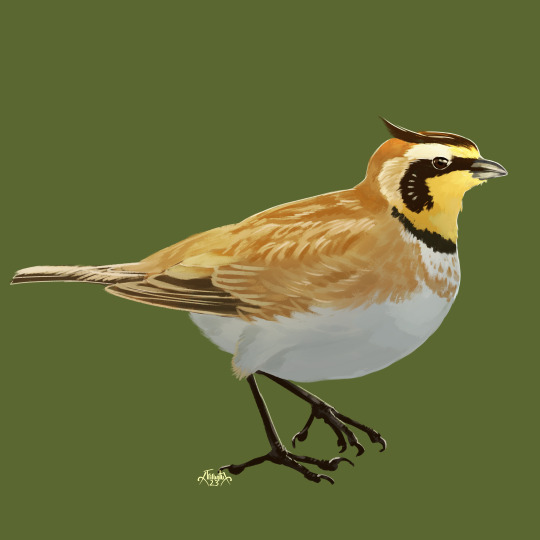
#539, a horned lark.
Requests for birds are open, updates happen on Thursdays.
[project tag] | [kofi]
Find me on: [twitter]
59 notes
·
View notes
Text
BOTD: Horned Lark

Photo: Doug Greenberg
"On open fields in winter, flocks of Horned Larks walk and run on the ground, examining the soil and stubble in search of seeds. If disturbed, the flock makes away in swift, twisting flight, making soft lisping callnotes. This species, the only native lark in North America, begins nesting very early in spring in those same barren fields, and the tinkling songs of the males come from high overhead as they perform their flight-song display. The 'horns' of the Horned Lark are little tufts of feathers, visible only at close range."
- Audubon Field Guide
#birds#horned lark#birds of north america#north american birds#larks#lark#birds of the us#birds of canada#birds of mexico#passerines#bird#birds of america#american birds#birding#birdblr#birblr#bird watching#bird of the day#Eremophila alpestris
54 notes
·
View notes
Text
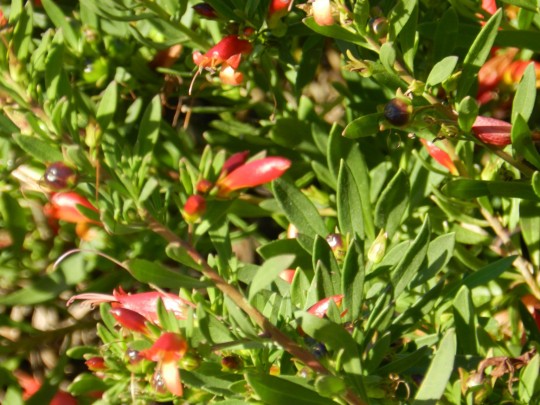
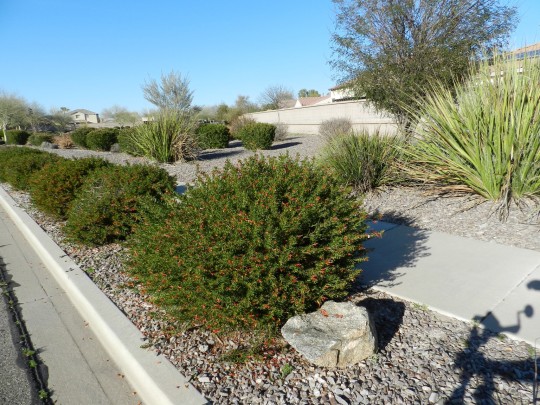
Figwort (Eremophilas) Bush - February 2024
The waxy green bushes with red flowers that never really open are planted all along the roadways as I ride up to Mission Valley here in Casa Grande. I have tried for three years to figure out what they are. My Seek app on my phone has no clue, which is unusual. All of my searches for Arizona plants with anything near their description has been useless. Then I tried a direct Google image search using the second image. Almost everything it brought up was from Australia and I was about to give up when I noticed that one of the matches was from “Arizona Plant Lady.” It seems these bushes are popular as an import for landscaping purposes here in Arizona. They are technically a perennial even though they look like a bush. Why an Australian desert plant is allowed into Arizona’s desert environment is a mystery to me, but they look good and make a nice image.
MWM
1 note
·
View note
Photo

A new variant has been added!
Horned Lark (Eremophila alpestris)
© Francis Orpen Morris
It hatches from black, blurry, bold, brown, common, confusing, little, low, messy, northern, open, sandy, separate, short, squat, visible, white, widespread, and yellow eggs.
squawkoverflow - the ultimate bird collecting game
🥚 hatch ❤��� collect 🤝 connect
0 notes
Note
.trwick or wetarete- sorry let's try that again trick or treat :D
Have the Horned Lark, Eremophila alpestris!
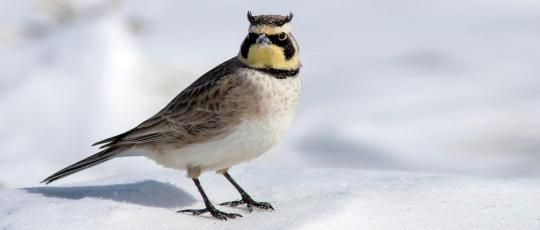
(Source)
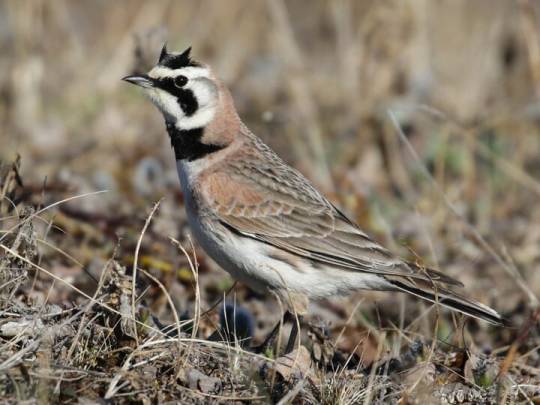
(Source)
I found range maps that show worldwide and I think I'm just gonna post the maps instead of describing them. Orange is breeding, blue is nonbreeding, and purple is year-round.

(Source)
Horned larks nest on the ground in open grasslands and often place things such as pebbles and clods of dirt around their nest.
Female courting displays resemble taking a dust bath. This is unfortunate, because they do actually take dust baths too, which means sometimes a male will try to mate with a female that was just trying to keep her feathers in good condition.
Unfortunately they're in steep decline.
5 notes
·
View notes
Text


✧・゚: *✧・゚:* 🐙 AZUL BIRTHDAY SSR FLOWER ANALYSIS* 🐙*:・゚✧*:・゚✧
*Mandatory reminder that I’m no flower specialist, which means these are all very subjective opinions. Take everything with a grain of salt!
He either has lilac, ivory, or white roses (sorry but I’m never sure if it’s the shading or lighting but I’m always so unsure when they’re doing anything pale-colored.) Lavender/lilac roses stand for adoration, fascination, mystery, and enchantment, as well as eternity and a long life/quality of life. They’re usually given to those overcoming an illness, or for an anniversary (in which case their meaning changes to that of happiness (of being together)). The meaning of lilac roses generally is a bit vague, but if one looks at purple roses (even though they’re a much deeper color than what we can see in Azul’s bouquet) the flower language probably fits him/the values of the Sea Witch best, since purple is associated with power, prestige, and great achievement, as well as deep understanding and compassion. Ivory roses, on the other hand, represent luxury, charm and elegance, as well as thoughtfulness, grace, and perfection. They’re typically given as a gift to someone with excellent taste and style, as well as to show you care about the recipient without romantic connotations. White roses symbolize loyalty, purity, and innocence, as well as a new start/new beginnings and eternal love. While they’re popular wedding or funeral flowers, when they’re not given on a special occasion they’re supposed to convey appreciation for the recipient’s support and/or guidance. Or they’re gifted as a symbol of good heath to those struggling or to wish the recipient a prosperous future. Another thing to note is that the number of roses holds symbolic meaning as well. Azul has four roses – the reading of which is “nothing will come between us.”
On the left side of his bouquet he has clematis, which symbolize beauty of ingenuity and mental strength, ambition, wisdom, agility, and mischief. In Russia and Bulgaria they’re used to symbolize the joy of travelling. Purple clematis is used to express an elevated rank in society, wealth and royalty. It’s given to those you want to show your appreciation for their quick wit and ability to hold intellectual conversations. Since it squashes other flowers when it climbs to its full height it’s also used to represent mischief, deception, and egotism.
The silvery-purple thin ones next to the clematis are eremophila nivea, which, as far as I could gather, have no real symbolic meaning. They’re desert and solitude loving plants that have the ability to persist under the most undesirable conditions. It’s a popular ornamental plant, that’s tolerant of most soil.
White clovers are known for their use as good luck charms, but it’s also said they can ward off evil spirits. They also symbolize protection and (improvement of) love. Their essence can help overcome fears and a sense of inadequacy, live through change, as well as reducing fear of abandonment and failure.
The hydrangea on the right side of his bouquet symbolize a desire to understand someone deeply, as well as luxury, grace, pride, compassion and understanding (and a deep concern for others’ wellbeing). It also represents wealth, richness and fortune. In Europe they’re more associated with pride since they’re usually given to people who have been married for many years (this might be an allusion to his relationship with the tweels?) Hydrangeas can also symbolize elegance, gratitude, apology, vanity, bragging, vanity, and boastfulness.
Lavender represents purity, devotion, calmness, grace, elegance, refinement, and luxury. Since they’re often used as infusions or fragrance to induce a sense of tranquility they’re associated with serenity and virtue. It can also stand for undying love.
Purple carnations are most commonly known to represent capriciousness and whimsicality. However, they have many other readings as well, like that of unpredictable behavior, making it a perfect gift for someone who is daring, wild, and free spirited, though it’s also associated with success and wealth. They can also be given to someone you find witty, or as an apology. Though Azul’s flowers are fairy light in color, the depth of the shade usually evokes a sense of thoughtfulness, peace, and harmonious balance of consciousness, or to sooth your mind and reduce anxiety, helping the recipient remain calm in the face of adversity. Other meanings include creativity, open-mindedness, as a symbol to encourage acceptance and understanding, a celebration of diversity and equality, as well as compassion and an empathetic state of mind.
Eucalyptus are a symbol of strength, protection, resilience, adaptability, and abundance. They’re said to purify negative energy, though they can also invoke good health and protection. Other symbolism associated with eucalyptus are that of inner and outer strength, as well as leadership.
Naturally, these are only my un-educated guesses, but feel free to let me know if I got anything wrong/what flowers I might’ve missed.
25 notes
·
View notes
Text
youtube
Every garden has a challenging position, but luckily nature has filled every niche, from riversides to mountain tops, to exposed coastal dunes - there is a plant adapted to almost any position. Millie explains how to match the microclimates in your garden to those in nature, to help you choose the perfect plants. Subscribe 🔔 http://ab.co/GA-subscribe
HOT-HOT-HOT:
Hot sun is something we often celebrate in the garden; its energy literally fuels plant growth through the process of photosynthesis. But in many built environments our buildings and paving can amplify that energy and heat, to extremes. And while some species are happy in full sun in an open garden position, in a paved courtyard or ceramic pot, they will burn to a crisp.
Looking for species that naturally occur in exposed and hot places can help you find plants that will succeed. Millie spotted the rock isotome booming in rock crevices on a local mountain top, and knew it was a good choice for the northern side of the house. It flowers for about 6 months and needs absolutely nothing from the gardener. In fact, the sap is caustic, so it is best to avoid any contact. That is one extreme plant! Eremophilas are another fantastic group to explore. There are around 300 species in Australia and their name loosely translates to desert lover. Many of the most beautiful everlasting daisies, from WA and the east coast, will also only thrive in an open, sunny and hot position.
FREEZING COLD:
Freezing cold can be devastating to many plants. Millie’s own garden is in the Victorian Central Uplands, where heavy frosts are common, so she has been trialling species from other areas with high altitude.
BONE DRY:
While ultra-dry conditions occur in geographically arid regions, they can also occur in suburban gardens. Areas that are overshadowed by the eaves of a house or a fence are a perfect example, the rain can almost never reach! The genus Phebalium is one worth exploring, with handsome foliage and a huge range of forms.
No matter the plant you choose for extremely dry conditions, you need to get them off to a strong start. Prepare the soil to hold a little more moisture, and water consistently until the plant has established.
WET-WET-WET:
While most plants need some water, too much can cause poor growth or even death. As the air pockets in the soil fill with water, the roots system can drown. Of course, there is a huge range of species for water gardens, but what about those areas that are just poorly drained, or seasonally wet. These can be really challenging spots to garden. One beautiful group of species to look to are the Leptospermum, as many occur on river edges or even permanently growing in water. There are even protaceous species that thrive in seasonally wet spots, like the swamp banksia and river Lomatia.
WINDY:
Wind can cause havoc with different species in different ways, desiccating and drying some out, physically damaging sensitive foliage but also making it hard for roots to establish.
Of course, coastal species are commonly adapted to wind, with robust foliage and resilience all round. The coastal Banksia is also one of the toughest and most adaptable species, occurring from coastal central Queensland, all the way to Vic. They can be variable form seed, between about 4-15 m, and there are a huge range of cultivars.
Featured Plants:
ROCK ISOTOME - Isotoma axillaris ‘Glowing Purple’
EMU BUSH - Eremophila glabra ‘Kalbarri Carpet’
EVERLASTING DAISY - Xerochrysum ‘Pilbara Gold Medal’
MOUNTAIN CORREA - Correa lawrenceana ‘Deep Pink’
SNOWY PIMELEA - Pimelea nivea
FOREST PHEBALIUM - Phebalium squamulosum ‘Starry Clusters’
- Phebalium squamulosum subsp. argenteum ‘Low Grey’
WEEPING TEA TREE - Leptospermum brachyandrum
SWAMP BANKSIA - Banksia robur
RIVER LOMATIA - Lomatia myricoides
COASTAL BANKSIA - Banksia integrifolia
DWARF COASTAL BANKSIA - Banksia integrifolia cv.
ALBANY WOOLLY BUSH - Adenanthos sericeus ‘Silver Streak’
#gardening australia#Solarpunk#Australia#native plants#plants#flowers#native flowers#flora#microclimate#WA#Victorian Central Uplands#banksia#Lomatia#Queensland#Youtube
2 notes
·
View notes
Text
Ancient Pattern in Bird Feathers Could Show Us Which Dinosaurs Could Fly
New Post has been published on https://petn.ws/obLCp
Ancient Pattern in Bird Feathers Could Show Us Which Dinosaurs Could Fly
After analyzing hundreds of preserved bird specimens in museum collections around the world, researchers have determined that there is a distinct set of feather rules behind flight power. The newly discovered rules may help scientists predict which dinosaurs could fly. Flight feathers of Temminck’s Lark Eremophila bilopha (left) and wing of a fossil bird, Confuciusornis […]
See full article at https://petn.ws/obLCp
#BirdNews
0 notes
Text
tagged by @barbieyaga, ty for tagging me :))
lockscreen, most recent photo & last song i listened to



my lockscreen is some summery zen and genji art that i found & really love, idk the artist i would love to credit them cause the art is so pretty,,
most recent photo is a screenshot of the walgreens i switched to to pick up my meds & T?!?!
and yea shrugs last listened on spotify
erm tagging uhhh @eremophila-alpestris @bimalewife @prizmpaws erm idk who else to tag feel free to just do it if u want even if i didnt tag, also lmk if you dont wanna be tagged in this stuff
1 note
·
View note
Text
4/11/2023 - I LOVE this bush! I got it years ago and it was little. It has flourished and dutifully blooms around Easter. It is a Easter Egg Emu, Eremophila Racemosa.

0 notes
Photo
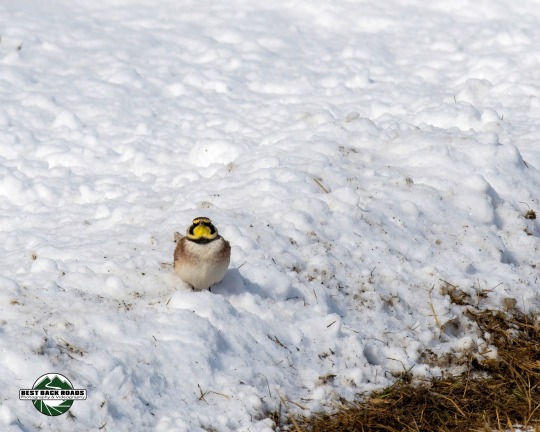
Horned Lark (Eremophila alpestris) 02/27/2023 #hornedlark #lark #bestbackroad #bestbackroads #natgeoyourshots #natgeo100contest #natgeo #rutlandcountyvt #washingtoncountyny #whitehallny #wildphotography #naturephotography #adventurephotography #wildlifephotography #roadphotography #nikon #photoadventure #naturetherapy #nationalgeographic #newengland #newyork #yorkmont #westhavenvt — view on Instagram https://ift.tt/iSljpdr
0 notes
Text

Alouette hausse-col (Eremophila alpestris), en anglais " Horned Lark'' sont de magnifiques oiseaux fréquemment accompagnés des Plectophanes des neiges. Des visiteurs qui agrémentent nos longs hivers. Quebec, Canada 🇨🇦
---------
Horned Lark (Eremophila alpestris) are magnificent birds frequently accompanied by Snow Bunting. Visitors who enhance our long winters. Quebec, Canada 🇨🇦
#bird #birds #birdphotography #birdsofinstagram #nature #naturelovers #wildlife #wildlifephotography #snow #winter www.domianick.com
1 note
·
View note
Text
Gardening Australia episode 33 2022
Gardening Australia episode 33 2022: Costa plants pots of both potato and sweet potato varieties, Jane visits the garden of a collector who has an obsession with Eremophila #garden #gardening
Gardening Australia episode 33 2022: Costa plants pots of both potato and sweet potato varieties, Jane visits the garden of a collector who has an obsession with Eremophila, Tino meets a volunteer group that focuses on empowering new arrivals to Australia, Sophie showcases some of the beautiful flowering plants in her garden, Josh transitions a sandpit into a garden bed.
Inspiring,…
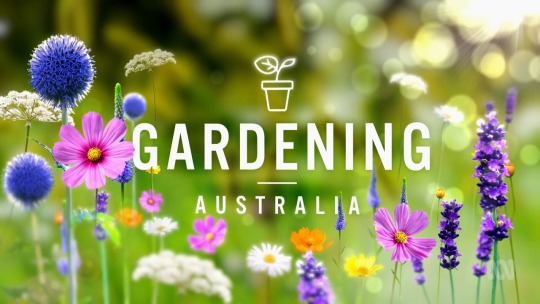
View On WordPress
0 notes
Text
Drought tolerant plants
Sedum varieties
Cone flower (Echinacea) varieties
Lantana
Lavendula varieties
Pink Muhly Grass (Muhlenbergia capillaris)
Sage (Salvia) varieties
Red Emu Bush (Eremophila maculata 'Valentine')
Yarrow (Achillea millefolium)
Shrubby Germander (Teucrium fruticans)
Lamb's Ear (Stachys byzantina)
Butterfly Weed (Asclepias tuberosa)
Russian Sage (Perovskia atiplicifolia)
Rosemary (Rosmarinus officinalis)
0 notes
Photo


Eremophila nivea
Eremophila is a genus of Australian shrubs, and they are sometimes called Emu bushes. They are very diverse, and Eremophila nivea is one of the species with vary pale leaves (nivea means snowy, in reference to the whitened leaves). The tubular lavender flowers are a wonderful addition. It comes from Western Australia. The genus belongs to the family Scrophulariaceae.
-Brian
15 notes
·
View notes